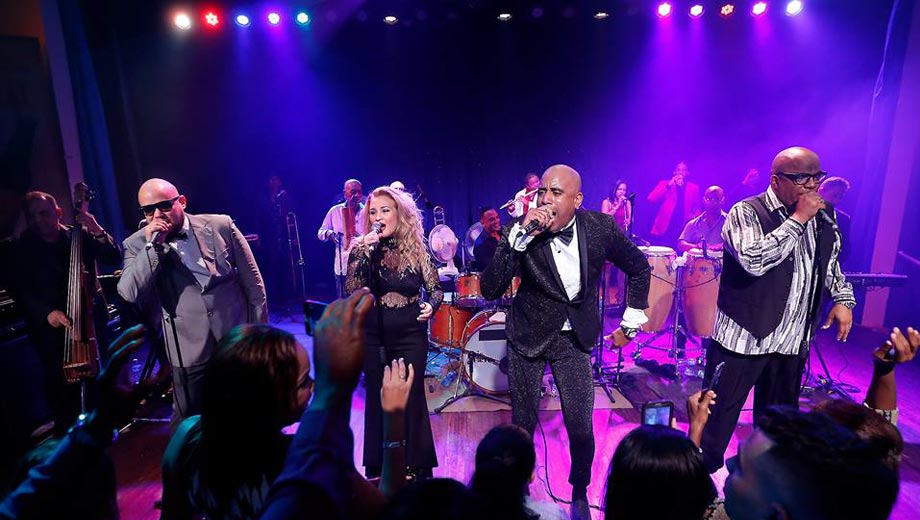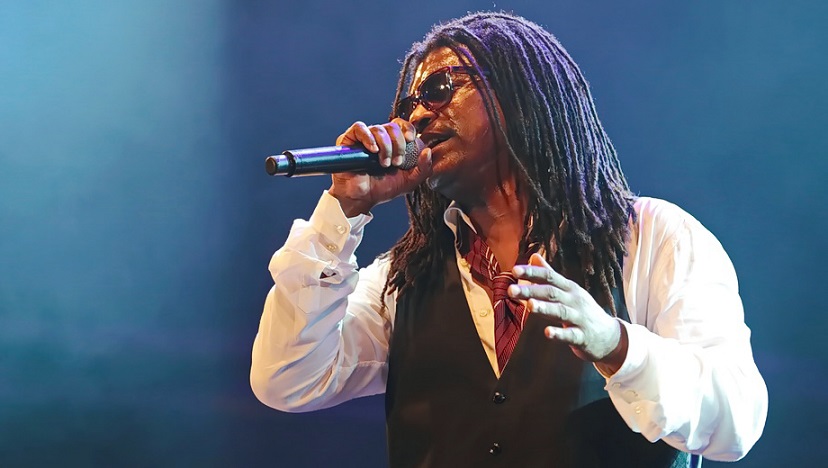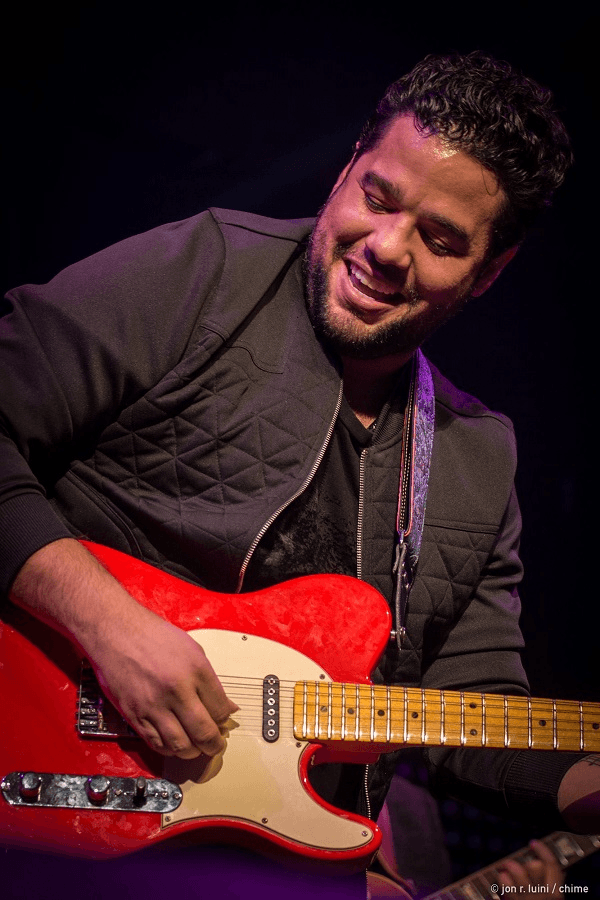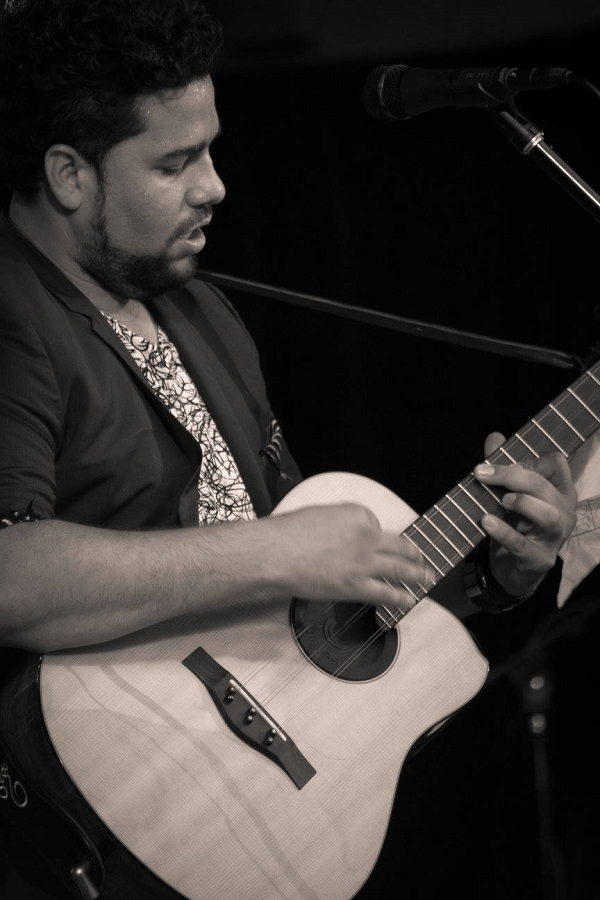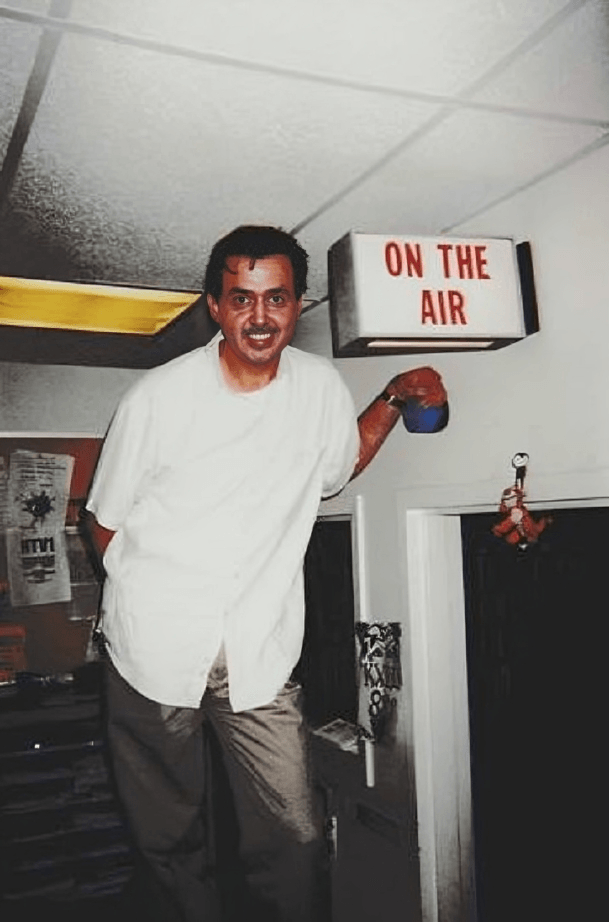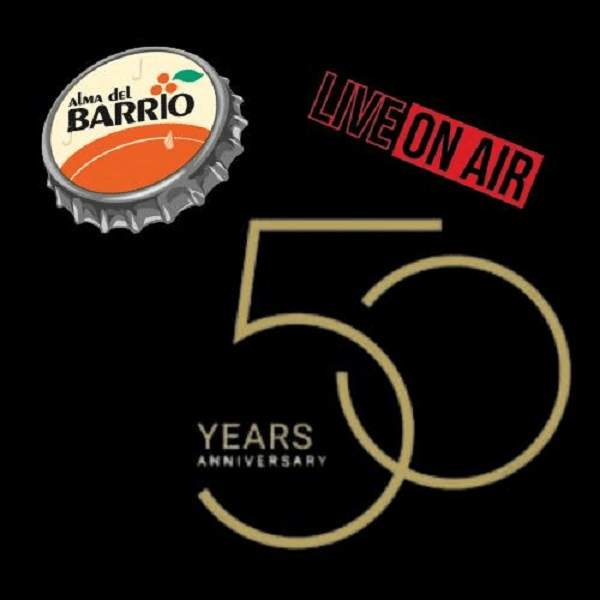Latin America / Cuba / La Habana
The National Center for Popular Music invites you to participate in the Cubarumba Tataguines in memoriam International Festival in its second edition.
It will be held in Havana from June 28-30, 2019. With the aim of Honoring the memory of Tata güines, Stimulating the artistic creation of rumba groups from the community, encouraging children’s projects based on the folkloric and musical genre, highlight the social value of the rumba as intangible heritage of humanity.
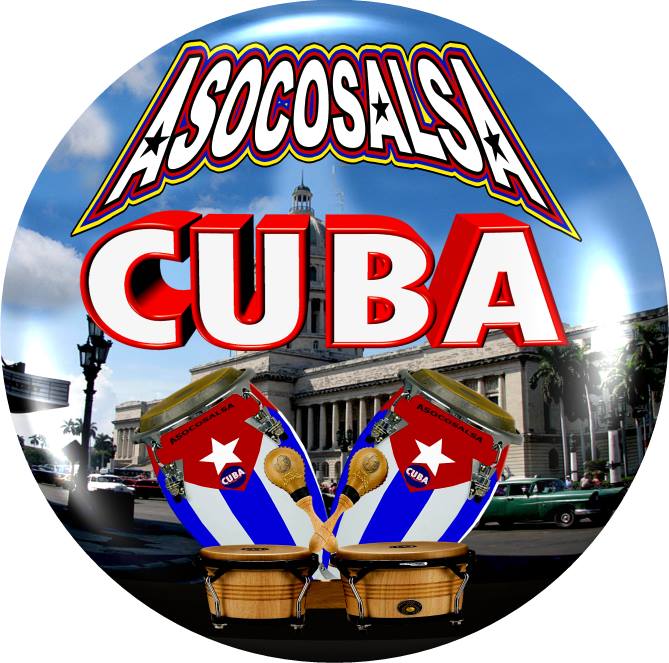
Likewise, to carry out a national and international workshop based on the pedagogical need to strengthen cultural nationality by art students in Cuba on the basis of the figure of tata güines, the fundamental foundation that promoted the proclamation of Rumba as Intangible Heritage of Humanity. . With this goal we urge all young people, students who wish to participate in the Festival through the following themes:
Themes:
- Cultural educational practices
- Potential value of transformation of the percussive theory of Tata güines.
- Main factors that slow down or facilitate the descending of the Rumba genre as a percussion modality.
- Ethical and aesthetic values promoted by the practice of percussion
- Challenges to perfect percussive techniques
- Creation and promotion of Cuban art
- Young rumbero, possibility of cultural advancement. Harvested experiences and challenges for the present and immediate future.
- Others
The venue will take place at the Turf Night Club
General program:
Press conference
Thursday, June 13, 2019
Venue: El Turf Night Club
Address: F Street between Calzada and Quinta Vedado
Time: 2pm
Participation: Press-Radio-Television-Guests
Duration: 1h
toast to daddy
Place House Museum Tata güines
TIME: 3 PM
Event schedule:
Thursday, June 27
- 8:00 Opening Gala Avellaneda Hall of the National Theater
Cast Subject to change
- Tata guines Jr.
- Makuta Flow
- Rumbansoc
- Ronald and his Rumbera explosion
- Denis and his swing
- Vania Borges
- Iannna Wobble
Friday, June 28
Venue: Club Noturno El Turf
- 9:00 Inaugural Conference
- 10:00 Recess
- 10:30 Percussion and dance workshops
- 12:30 Demonstration group
- 1:30 Visit Tata Guines House Museum
- 2:00 Lunch
Cultural
Devil Tun Tun: 4pm to 6pm.
Show Woman in the rumba
Omini Bata-Rumba Morena
- 6:30 a.m. to 8 p.m. Tataguines/Ochareo Group
- 10-2am Venue: Club Norturno El Turf Shows with rumba groups
Explosion Rumbera/Rumbavila/Rumbansoc/
Saturday, June 29
Venue: Club Noturno El Turf
- 9:00 Inaugural Conference
- 10:00 Recess
- 10:30 Percussion and dance workshops
- 12:30 Demonstration group
- 2:00 Lunch
Cultural
- 3:00 Clave de Rumba folkloric ensemble / children’s project.
- 8pm-2am Venue: El Turf Timbalaye Nightclub /Rumberos de Cuba/Rumbansoc/ Tata güines
Sunday, June 30
Venue: El Turf Night Club
- 9:00 Report of the event. Delivery of Certificates.
- 10:00 Recess
- 10:30 Symposium Asocosalsa Cuba
- 5:00 Cinema Avenue Closing Gala
- 10:00 Final reception.
Festival Project
Event Organizing Committee:
Víctor Rodríguez García: Executive Director
Arturo Soto Martínez: Chairman of the Event
Suset Núñez Vázquez: CNMP Events Coordinator
Osorio García Rule: CNMP Events Department
Brigitte Oliva: General Producer
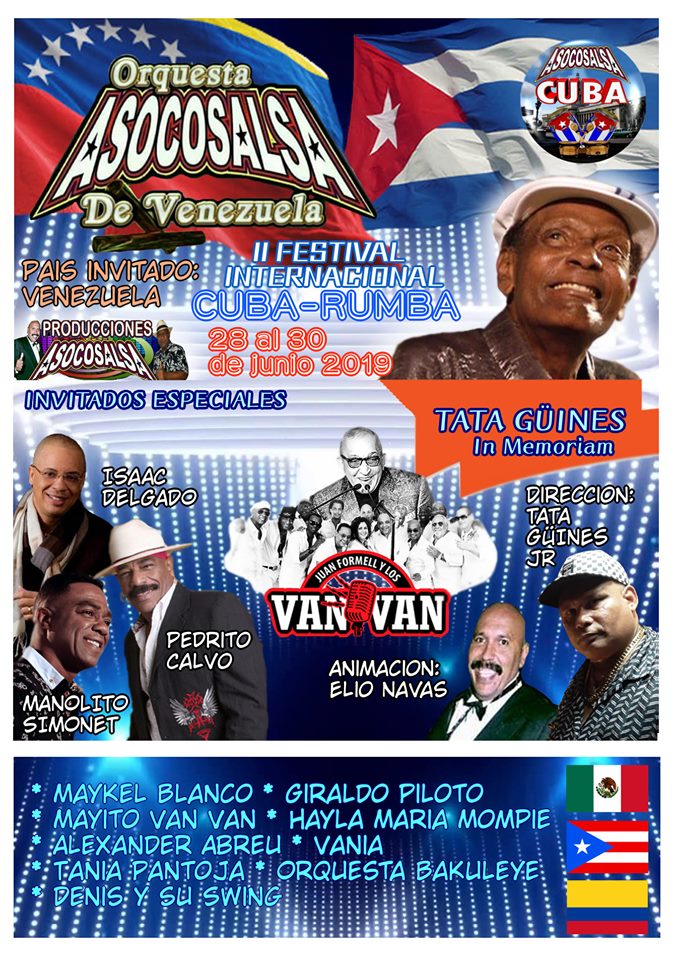
Company National Center for Popular Music
INTRODUCTION
The Cubarumba 2019 Tata güines in memoriam project is a previous interactive festival that consists of pedagogical, competitive, sociocultural moments that will transfer original Cuban music, through percussion and dance workshops, interaction with the community, as well as shows of this genre, intangible heritage of the humanity, the evident and permanent need to rescue Cuban roots, and the representation of the name Tata güines, a national and international figure. Following this trilogy as a cultural line, the president of the festival Arturo Soto Martínez advocates for this event.
Carrying out research, it is verified that this festival has a high tourist level, which causes a useful strategy to penetrate tourists about our idiosyncrasy and traditions, in addition to giving an unforgettable moment to all those who are present at that moment.
If we observe the social gaze, we realize the motivation of society in general since we encourage in the community a hope of cultural revival, a festival of inclusion in all senses since people of all ages and disabilities participate. Achieving a mutual interaction that achieves as a result an inclusion of this musical genre in daily life and in the tastes of all the people who enjoy it.
It is emphasized that times are changing, however it is important to take actions so that the celebrations of our origin are not forgotten, it is about looking for very frequent actions that work with everyday life, exclusivity, professionalism and good taste that keep this celebration alive. choice for youth not only in our country but around the world
For all the above, the need for this culturally artistic project becomes evident, specifically in these places where a large foreign crowd is concentrated, since it is unaware of Cuban culture. Relying on the battle of ideas that we have daily for the rejection of national identity, this project that settles the roots, that remembers the past, that discloses our present and that above all that is written increases love is evident, permanent and necessary. for Cuban culture.
DEVELOPING
- Goals:
- Honor the memory of Tata güines
- Stimulate the artistic creation of rumba groups from the community
- Encourage children’s projects based on the folkloric and musical genre.
- Highlight the social value of the rumba as intangible heritage of humanity
Themes:
- Cultural educational practices
- Potential value of transformation of the percussive theory of Tata güines.
- Main factors that slow down or facilitate the descending of the Rumba genre as a form of percussion.
- Ethical and aesthetic values promoted by the practice of percussion
- Challenges to perfect percussive techniques
- Creation and promotion of Cuban art
- Young rumbero, possibility of cultural advancement. Harvested experiences and challenges for the present and immediate future.
- Others
PARTICIPATION METHOD
- Delegates
- Student
- Musicians
- Guests
REGISTRATION FEES: DELEGATES
Foreigners………………50 cuc includes participation in the event, certificate and/or credits.
Cubans …………………….250 cup includes food, participation, certification and/or credits
Cuban students ……………..125 cup includes food, participation, certification and/or credits
PROJECT OBJECTIVES
GENERAL OBJECTIVE
Carry out an international rumba festival based on the artistic value of the figure of tata güines in the world on the basis of the Rumba proclamation as Intangible Heritage of Humanity
Goals:
- Honor the memory of Tata güines
- Stimulate the artistic creation of rumba groups from the community
- Encourage children’s projects based on the folkloric and musical genre.
- Highlight the social value of the rumba as intangible heritage of humanity
| Specific Objectives | Actions | Indicators | Participants | Responsible |
| Honor the memory of Tata güines | Hold the Cubarumba Tataguines Festival in memoriam | Conciliation Company, Sponsors, | Organizing Committee | Event Leader |
| Stimulate the artistic creation of rumba groups from the community | Theoretical-practical dance and percussion workshops, presentation of youth groups in event activities | Conciliation with Artex, Egrem. | Cuban and foreign population | Org Committee |
| Encourage children’s projects based on the folkloric and musical genre.
|
Activity in the National Folkloric Ensemble of Cuba, headquarters for the socialization of children’s projects | Address of Palenque, Production | Org Committee | Event Leader |
| Highlight the social value of the rumba as intangible heritage of humanity | Activity the woman in the rumba, the longest rumba, the rumba and its youth, the rumba does include you | Group Directors | Production | Event Leader |

Beneficiary population:
Directly, the population that benefits is Cuban and foreign, since in some way the project is aimed at educating, including, transforming the culture of these times that affects this population.
For this, their full participation is needed, in the first order the attention that is very important, then the interest in dance and percussion and the decline that forms the taste for this musical genre.
Also highlighting the importance of the social inclusion of people with disabilities, we can mention that the festival has the honor of promoting groups with different disabilities. Example of the incursion of culture in Cuba.



























